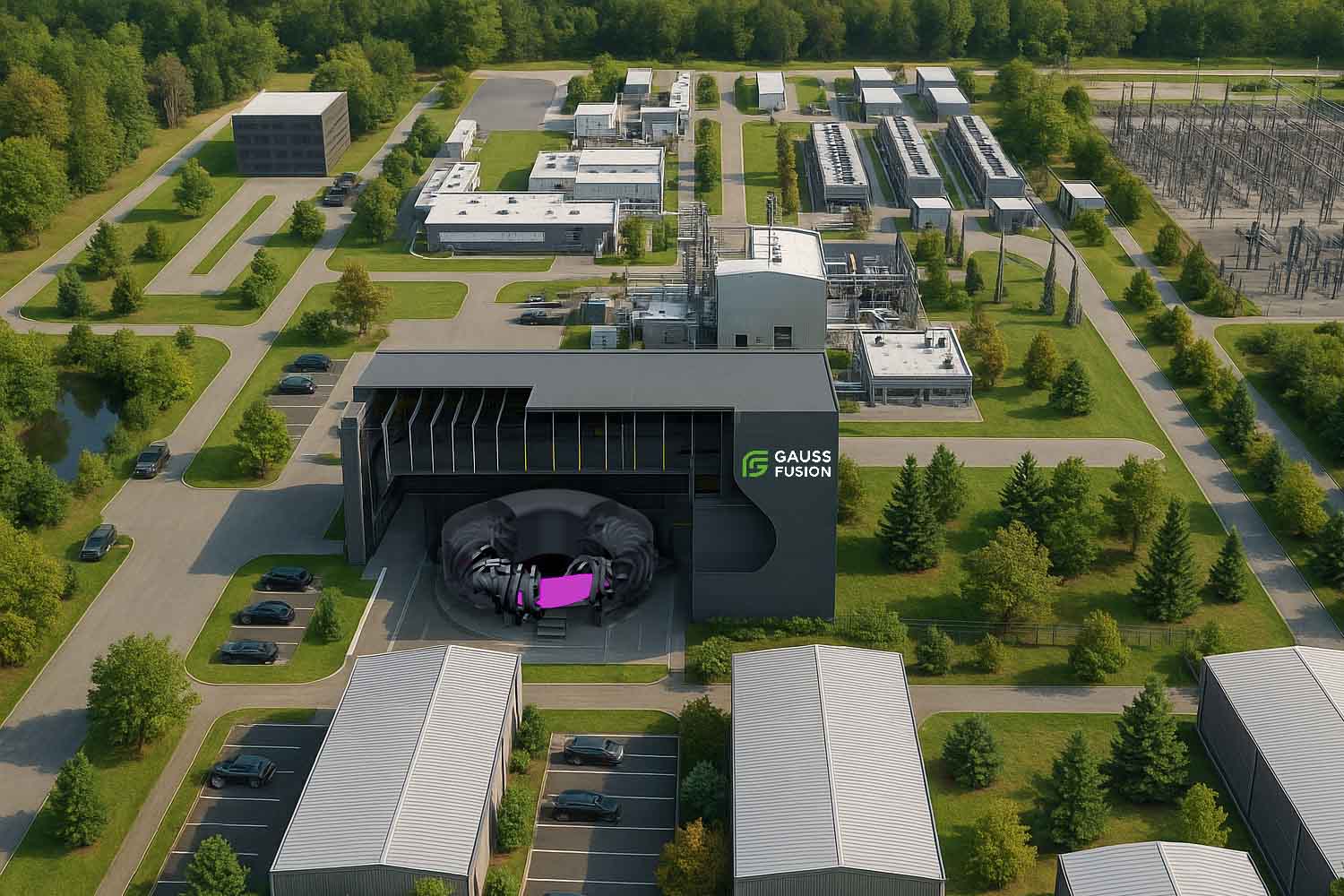It's no longer just an experiment: the goal is to build a plant by 2045 that produces clean energy from fusion. And the project is already on paper

A power plant capable of generating energy by mimicking the workings of the Sun. It’s not a new concept, but until now it has remained confined to laboratories. Nuclear fusion, the reaction that combines two light nuclei releasing large amounts of heat, has been considered for decades as a possible alternative to fossil fuels.
The problem isn’t the theory: it’s the implementation. Reproducing these conditions in a stable, safe, and above all energy-efficient way has been – until today – an unattainable goal. Now, however, something is changing.
On October 9, 2025, Gauss Fusion presented the Conceptual Design Report (CDR), the preliminary technical project for the future GIGA plant, which aims to become Europe’s first commercial fusion facility. It’s the first concrete step to transform a laboratory technology into a real industrial infrastructure.
GIGA isn’t just an idea on paper: it’s a project developed over three years by a group of European companies and research centers. It involves partners from Italy, Germany, France, Spain, and Austria. The goal is to build a functioning plant by 2045, with an estimated cost between €15 and 18 billion ($16.5 and $19.8 billion).
And Italy isn’t just a supporting actor. It actively participates with companies like ASG Superconductors, SIMIC, the ICAS Consortium, and ENEA, the National Agency for New Technologies. All organizations dealing with superconductivity, precision engineering, and high-tech manufacturing, fundamental components for building a plant of this type.
How a fusion plant works and why GIGA is different from previous projects
Nuclear fusion shouldn’t be confused with fission (the one used in traditional nuclear power plants). In a fusion reactor, two light atoms combine (typically hydrogen isotopes), releasing a large amount of energy. It’s the same process that occurs in the sun.
But producing fusion on Earth isn’t simple: extremely high temperatures are needed, along with materials capable of withstanding extreme conditions without degrading. The GIGA project addresses exactly these challenges: materials, cooling systems, superconducting magnets, fuel management (the tritium, which can be produced and recycled within the reactor).
The CDR analyzes all these aspects, including environmental impact. Unlike fission, fusion doesn’t produce long-lived radioactive waste: activated materials have a half-life of just a few decades and can be partially recycled.
The document presented by Gauss Fusion isn’t just a theoretical study: it’s a technical foundation for launching real industrial design. It includes a roadmap, cost assessments, implementation scenarios, and a strategy to move from prototype to production. All systems – from cooling to magnets, from safety to grid connection – are described in detail.
The approach used is inspired by the aerospace industry: integrated design between different teams (concurrent engineering) and constant monitoring of risk indicators. A choice that serves to avoid waste and delays, and to ensure that every part of the project is compatible with large-scale production.
The CDR will be evaluated by an independent technical committee in January 2026. If it passes the review, the next phase will begin: executive design and, in the coming years, reactor construction.
Source: gauss-fusion.com
